Honda tackles the issue of regenerative braking with hydraulics.

Honda patents new designs for regenerative braking. | Source: Cycle World
Subscribe to our Telegram channel for instant updates!
Almost every electric and hybrid car features the key technology of regenerative braking or reversing the flow of power to recharge the batteries when you are slowing down, which boosts range. Similar technology has yet to be introduced to motorcycles considering most of the braking is done with the front wheel.
Unlike cars, the motorcycle’s weight transfers significantly to the front during braking, making rear braking rare. The weight transfer to the front also means that using the rear wheel for regenerative braking is not the most efficient system. Honda has decided to tackle this issue and come up with a solution that involves motorcycles with two-wheel drive. The company has already file patents for a new regen braking design. This comes just a couple of weeks after Honda filed its patent for three new airbag designs.
According to Cycle World, the solution is to add a small electric motor or generator in the front wheel hub. However, due to the fact that a big amount of braking is done with the front wheel, the design is unlikely to yield recovery of maximum energy. Honda has experimented with hydraulic drives before with the Dn-01 15 years ago. The system features a two angle-drive, axial-piston hydraulic pump or motor units, with one at the wheel and the other at the engine (or electric motor).
Looking at Honda’s new patents, one of the pumps are built into the front wheel of the bike. Multiple small pistons are then mounted in a circular pattern around the axle, which is attached to a variable-angle swash place at the other end. The pistons will pump hydraulic fluid or are moved by the same fluid. This depends on whether the unit is acting as a pump during regenerative braking or as a motor in 2WD mode.
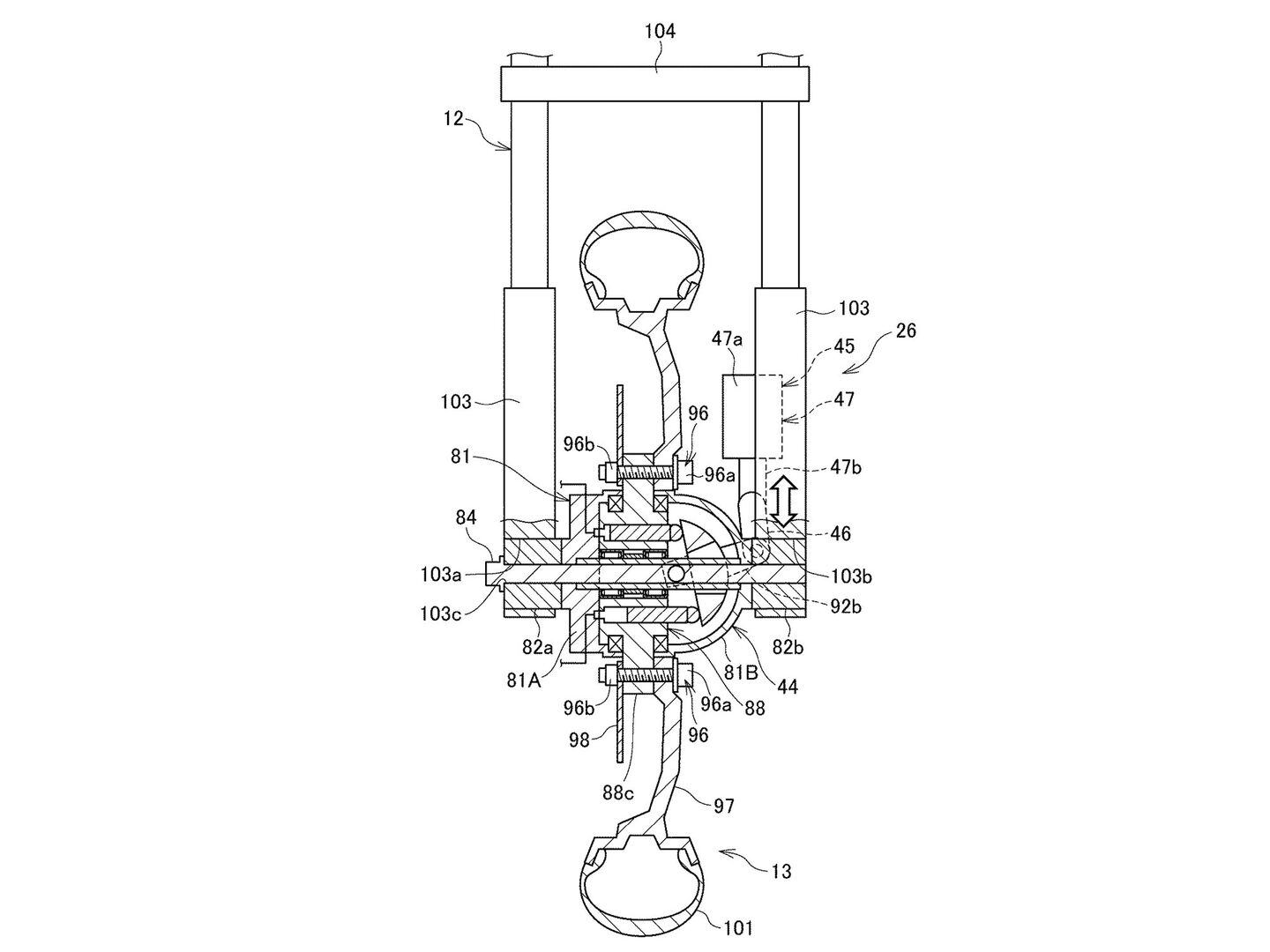
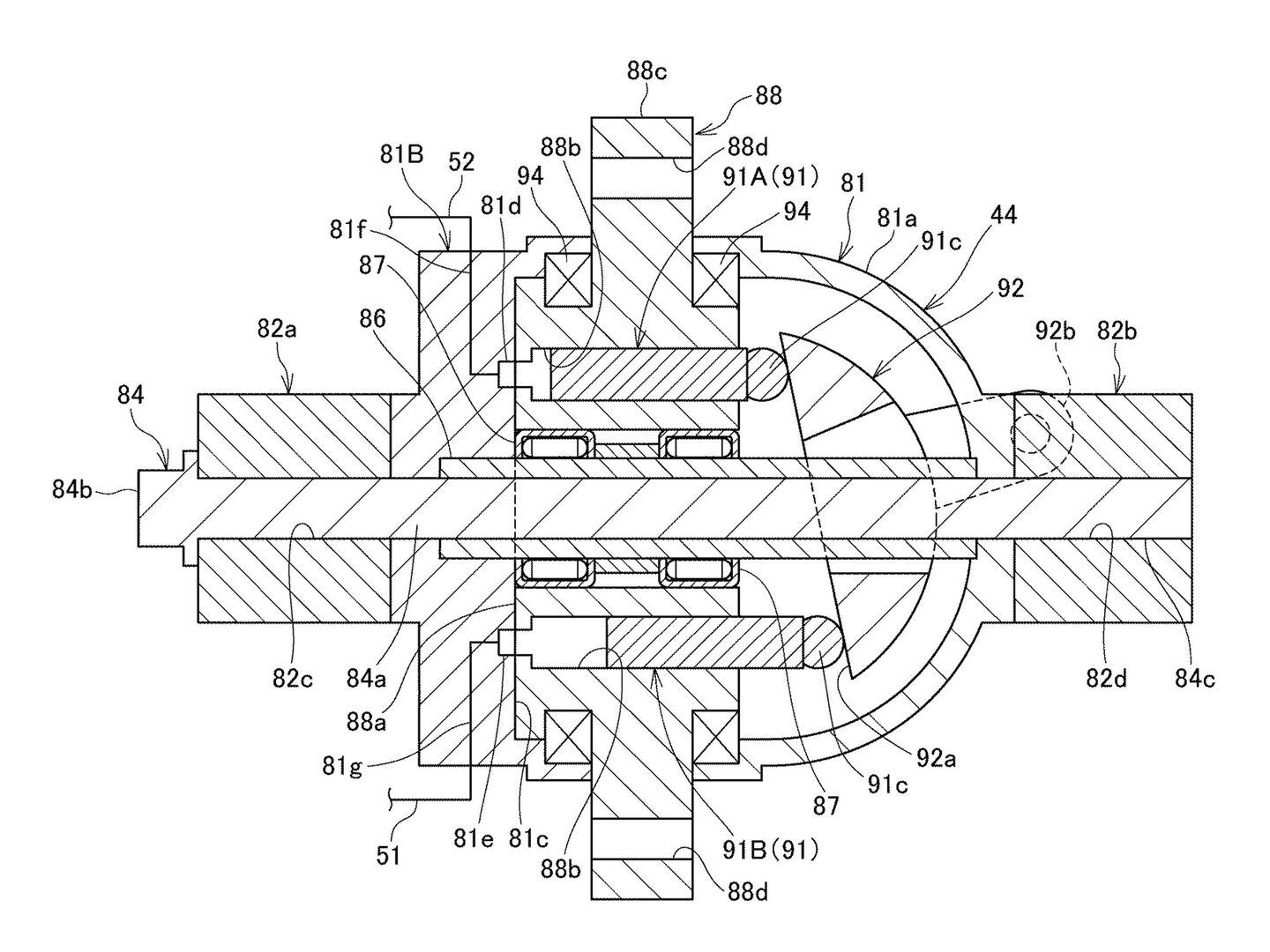
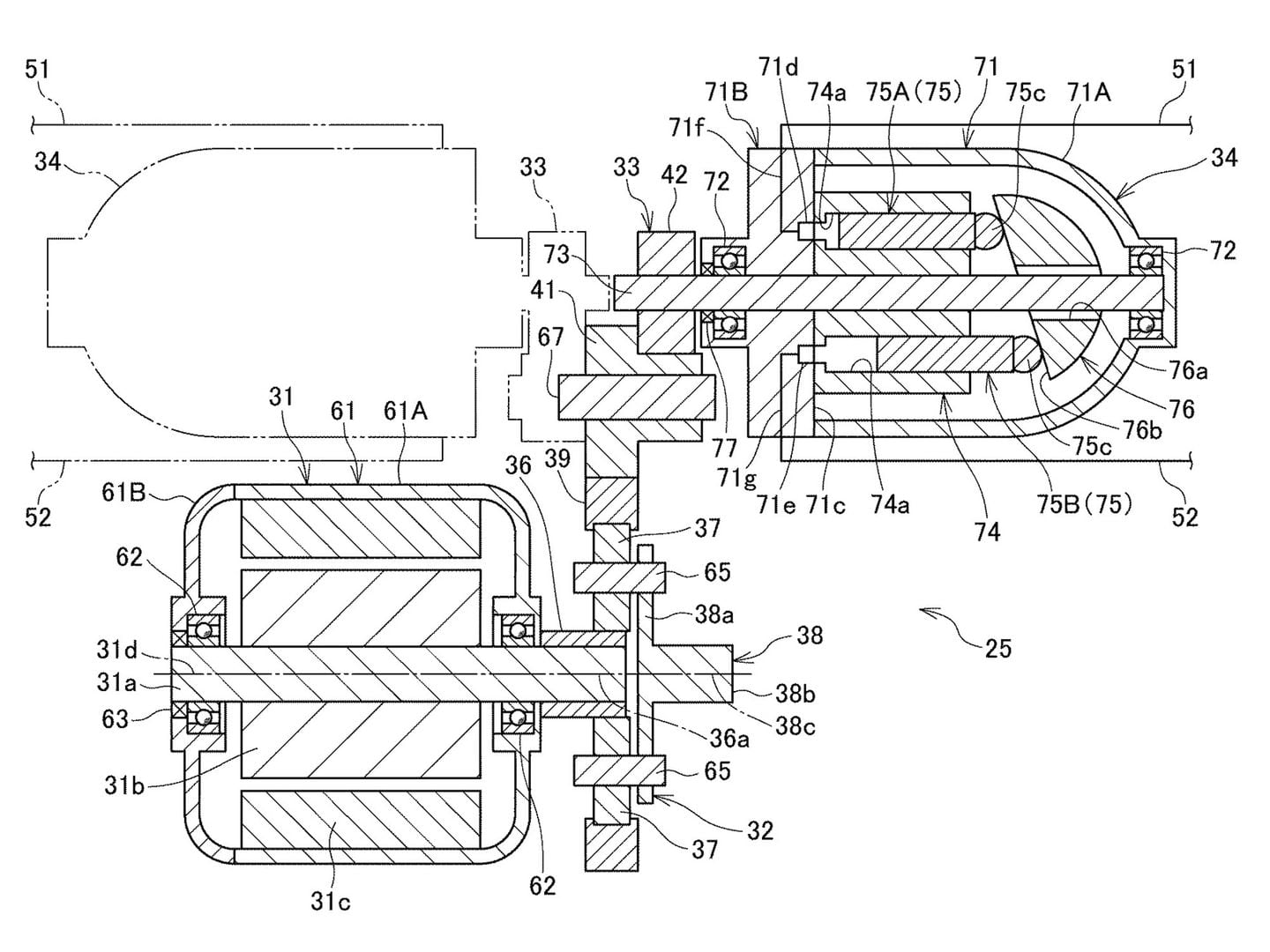




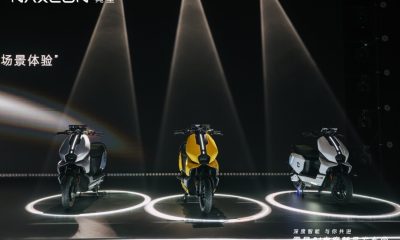





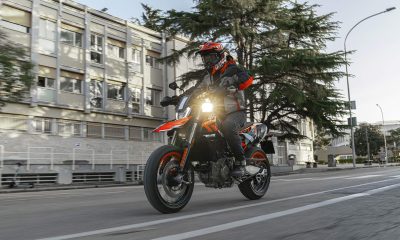

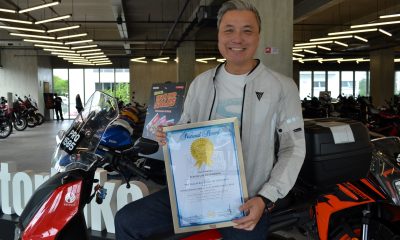












Facebook
Instagram
X (Twitter)
YouTube
LinkedIn
RSS